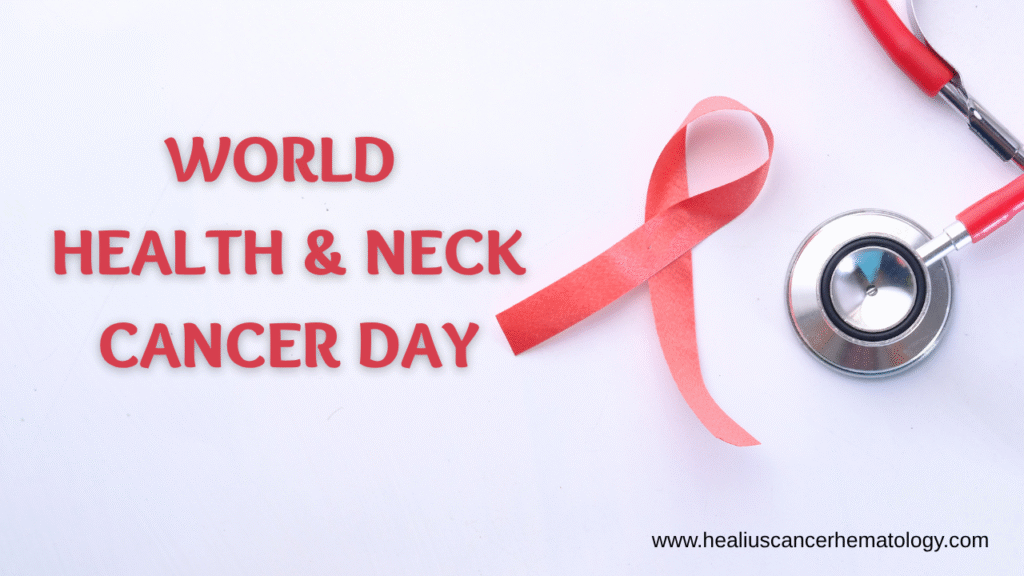Leukemia & Lymphoma in Children vs. Adults: What You Need to Know
Leukemia & Lymphoma in Children vs. Adults: What You Need to Know Leukemia and lymphoma are two of the most common types of blood cancers. While they can occur at any age, the way these diseases present and progress in children vs. adults often differs. Understanding these differences is key to early detection and effective treatment. At Healius Cancer & Hematology Clinics, Bangalore, we provide comprehensive care including blood cancer treatment in Bangalore, chemotherapy at economical cost, and radiation therapy in Bangalore to support patients at every stage of their journey. Causes & Risk Factors Though the exact causes of leukemia and lymphoma are not always known, several risk factors have been identified: Genetic predisposition – Family history of blood cancers increases the risk. Weakened immune system – Conditions like HIV or immune-suppressing treatments may lead to higher vulnerability. Environmental exposure – Prolonged exposure to radiation or harmful chemicals can trigger changes in blood cells. Age-related factors – Certain leukemias are more common in children (like acute lymphoblastic leukemia), while others are seen more in adults (like chronic lymphocytic leukemia). Symptoms to Watch For The symptoms may vary in children and adults, but some common warning signs include: Persistent fatigue and weakness – Low red blood cells cause anemia and constant tiredness. Unexplained fever and frequent infections – A weak immune system leads to repeated illness. Swollen lymph nodes or abdomen – Enlarged nodes or spleen can indicate lymphoma or leukemia progression. Easy bruising or bleeding – Platelet deficiency causes nosebleeds, gum bleeding, or unusual bruises. If you notice these symptoms in yourself or your child, seek specialized hematology consultation in Bangalore immediately. Treatment Options at Healius At Healius Cancer & Hematology Clinics, we offer advanced yet affordable treatments tailored for both children and adults: Chemotherapy at economical cost – Targeted medications to destroy cancer cells while minimizing side effects. Radiation therapy in Bangalore – Advanced technology to treat lymphomas effectively and safely. Immunotherapy & Targeted Therapy – Modern approaches to boost the immune system and attack only cancerous cells. Bone Marrow Transplant referrals & support – For cases where intensive treatment is required. Why Choose Healius? Expert Oncologists & Hematologists led by Dr. Mangesh Kamath with vast experience in blood cancer treatment. Affordable care with chemotherapy at economical cost and accessible treatment plans. Personalized approach for children and adults with age-specific treatment protocols. Comprehensive support including nutrition counseling, rehabilitation, and caregiver guidance. At Healius, we combine compassionate care with world-class medical expertise to give patients the best chance of recovery. Contact Us – Begin the Journey of Healing Location: Healius Cancer & Hematology Clinics, Banashankari 2nd stage, BangaloreContact: +91 9900613143 Website: www.healiuscancerhematology.com If you or your loved one is looking for blood cancer treatment in Bangalore, trust Healius for advanced care, affordable treatment options, and expert guidance. Conclusion Early detection and timely treatment save lives. This Leukemia & Lymphoma Awareness Month, let’s spread awareness and give hope to those fighting blood cancers. Book an Appointment
Leukemia & Lymphoma in Children vs. Adults: What You Need to Know Read More »





